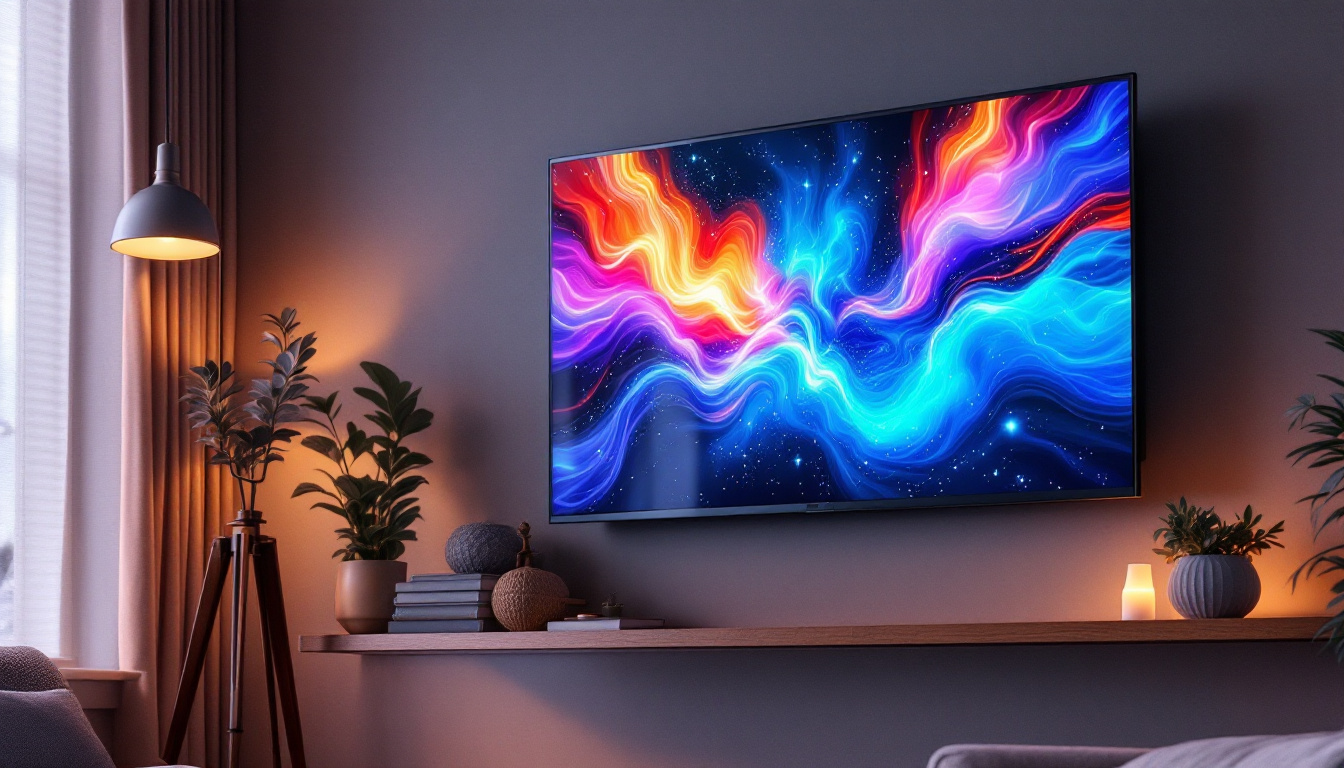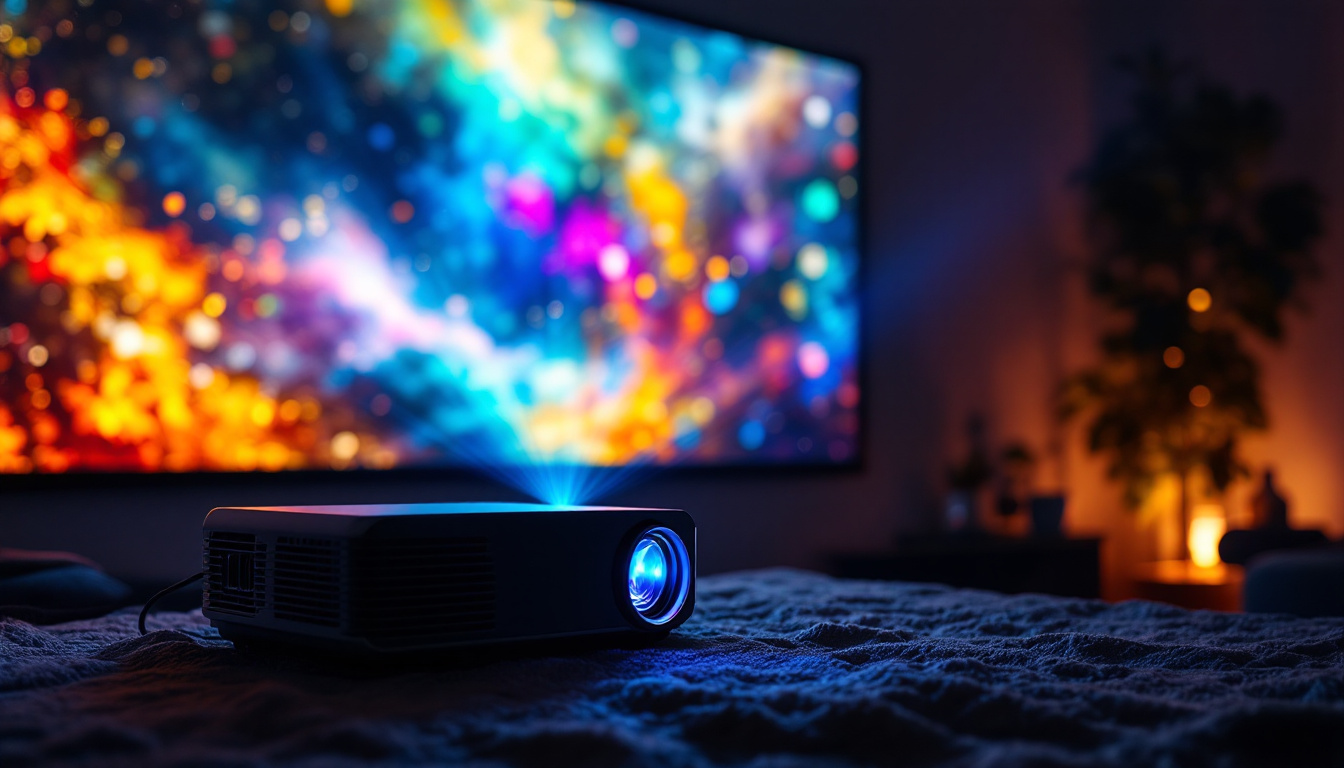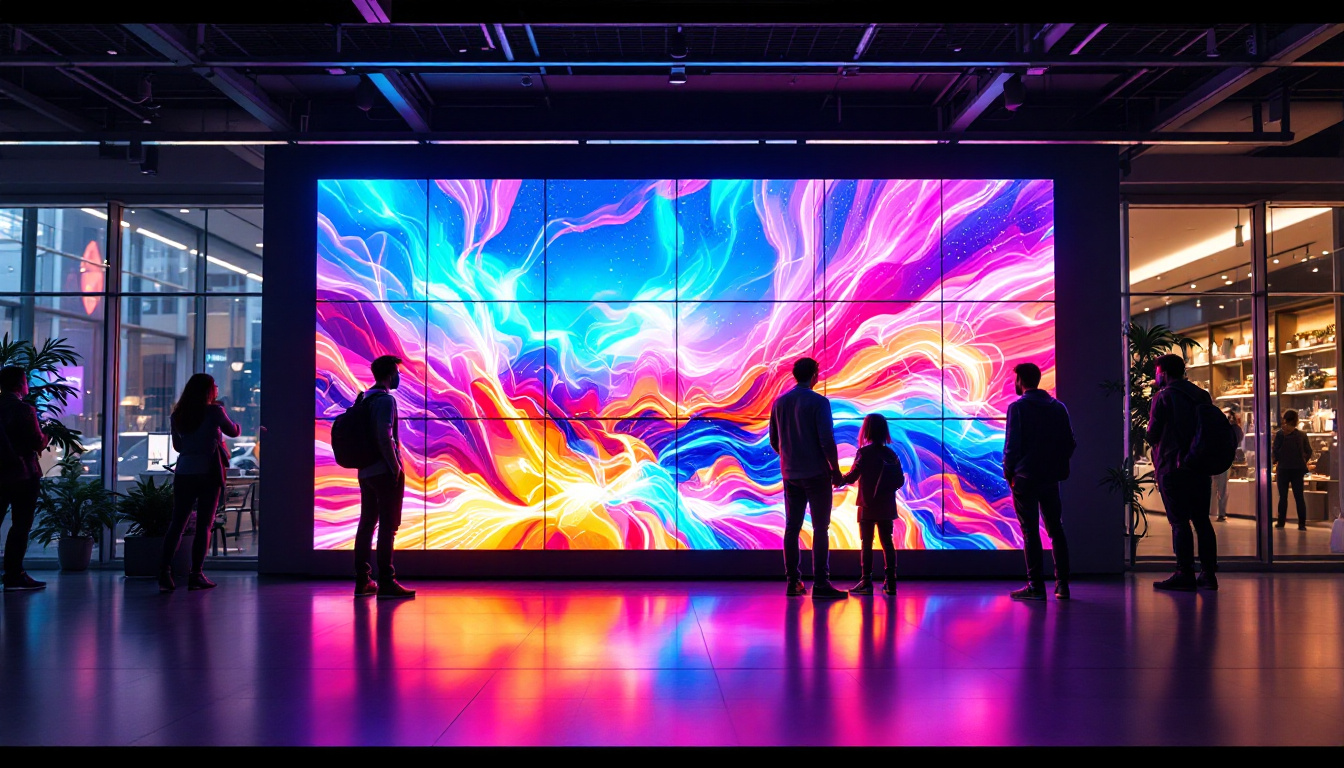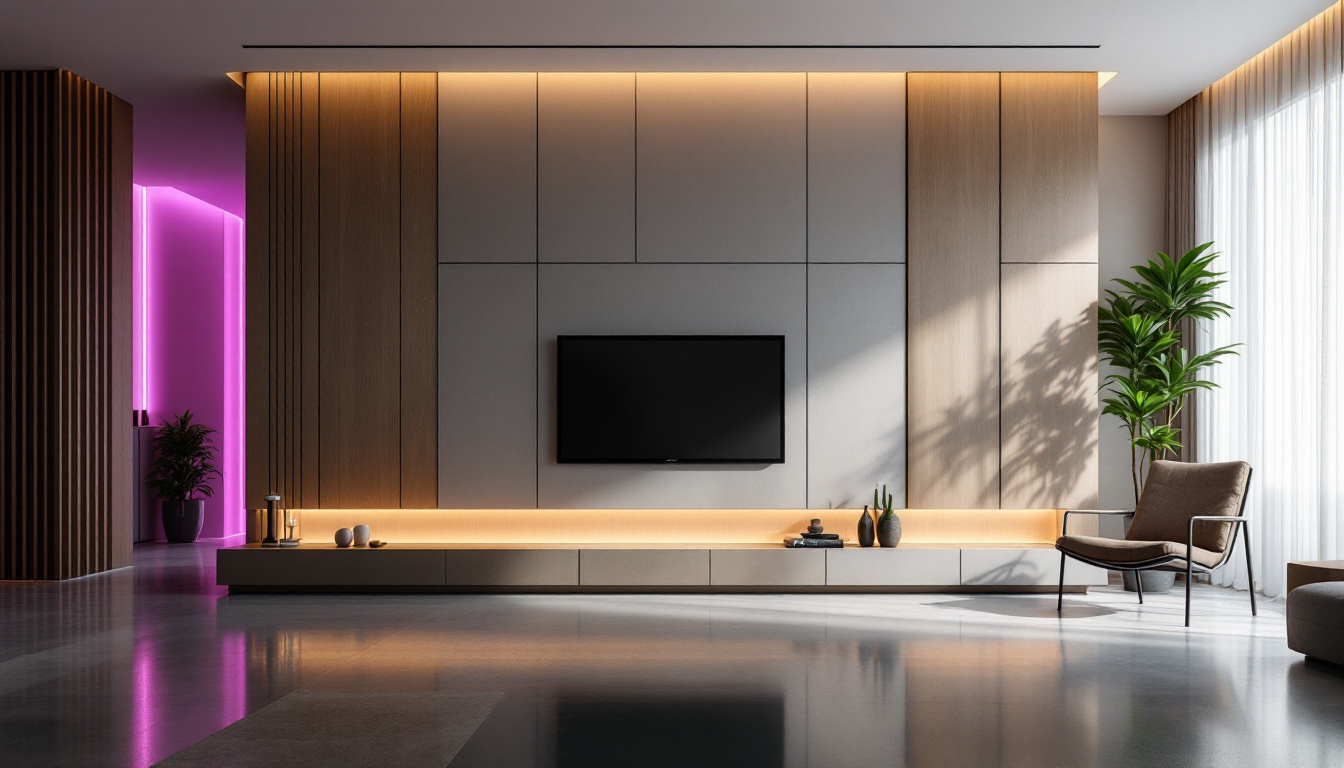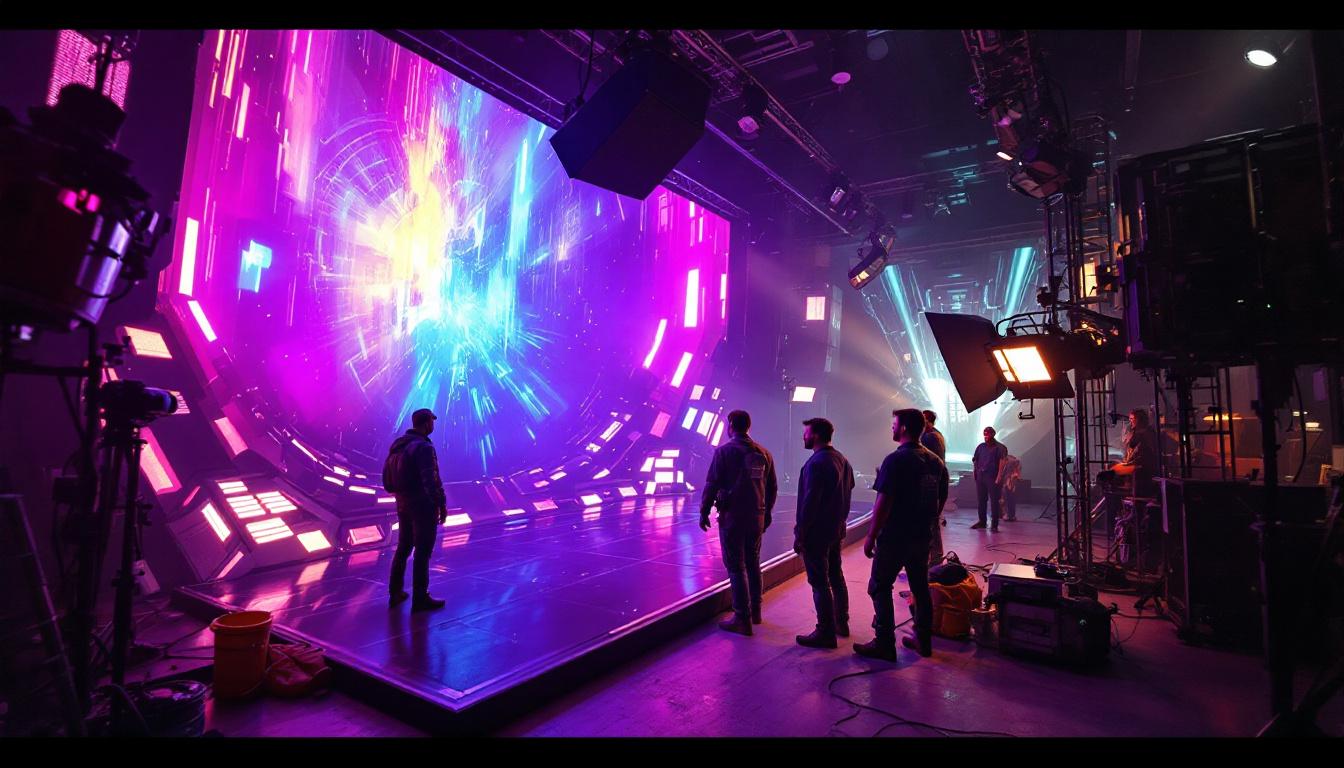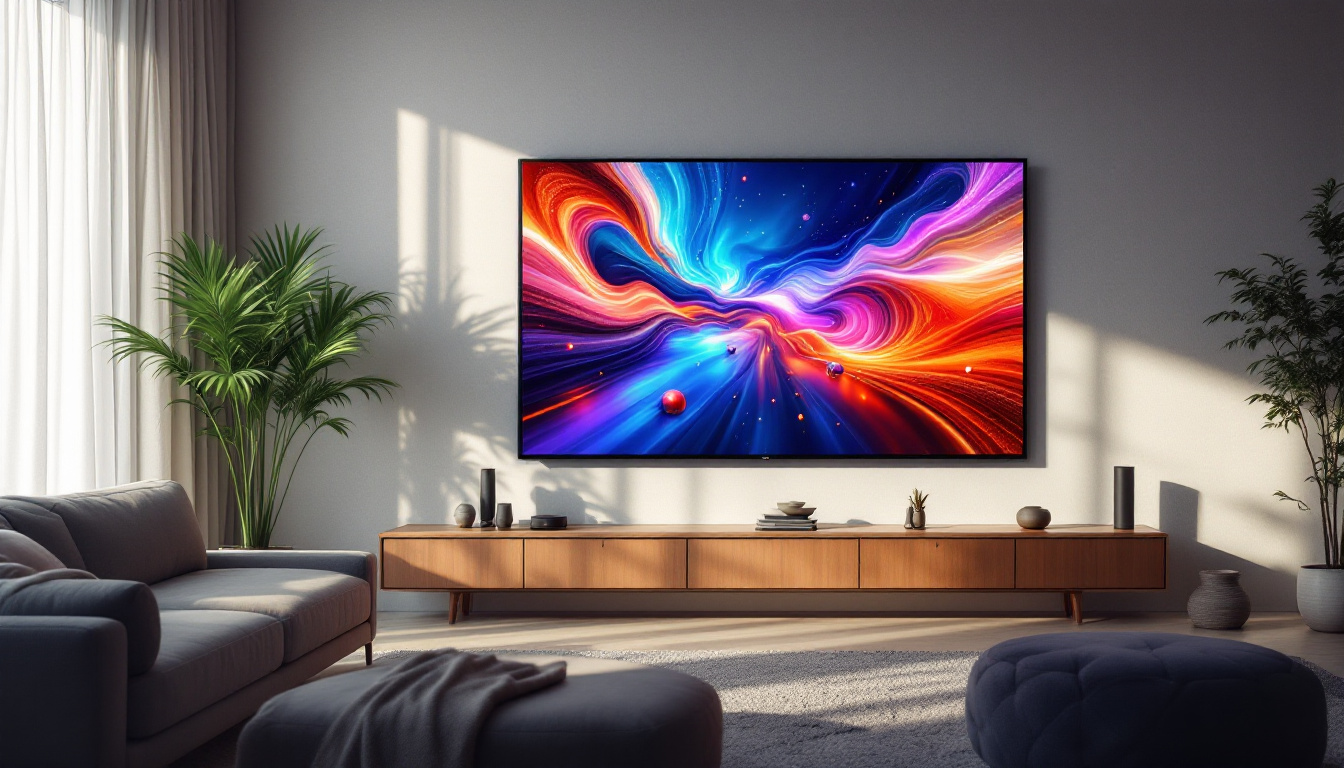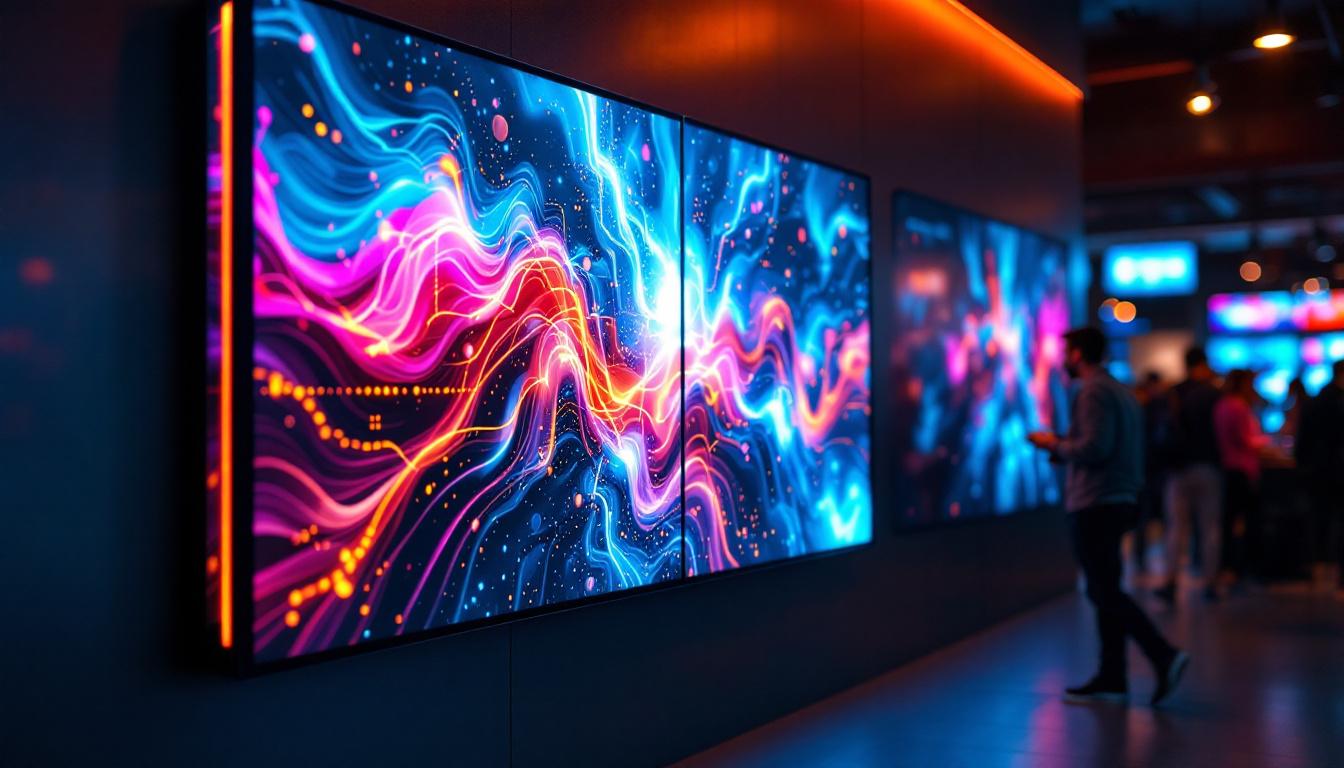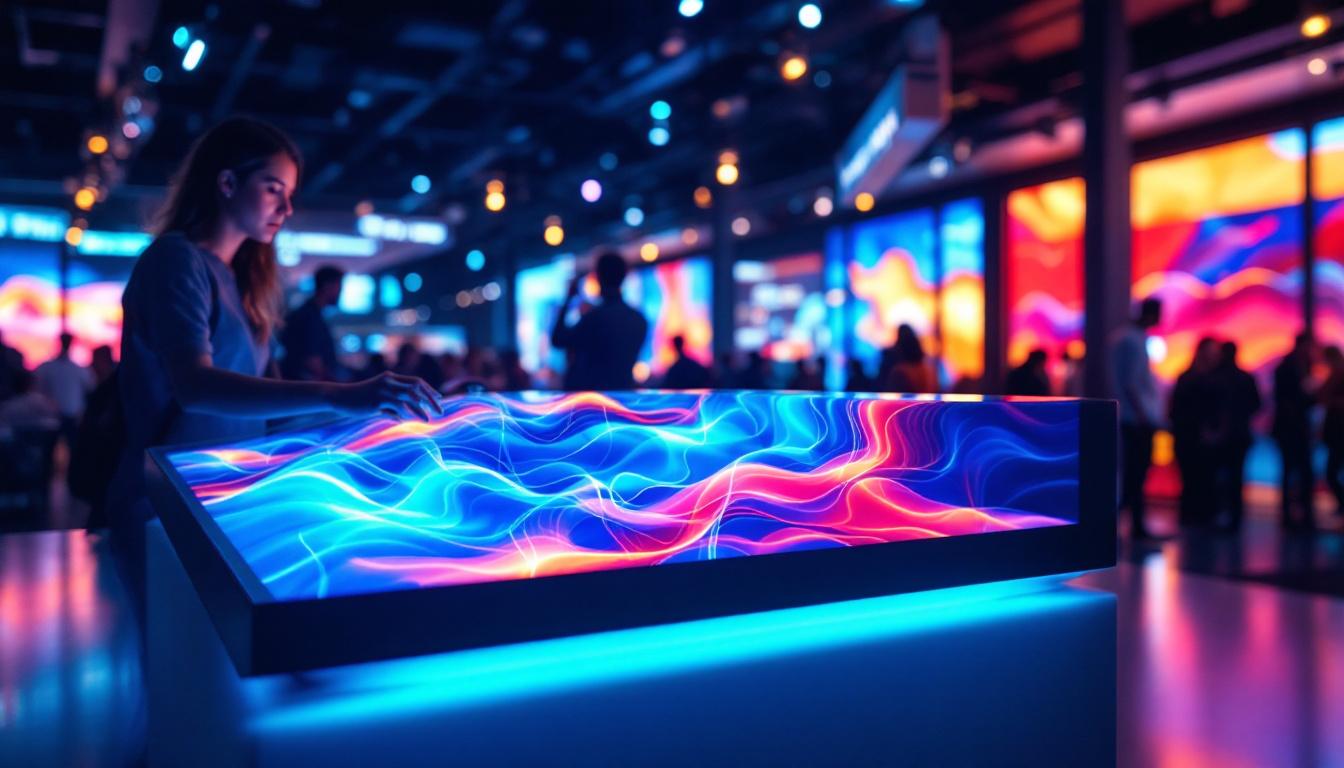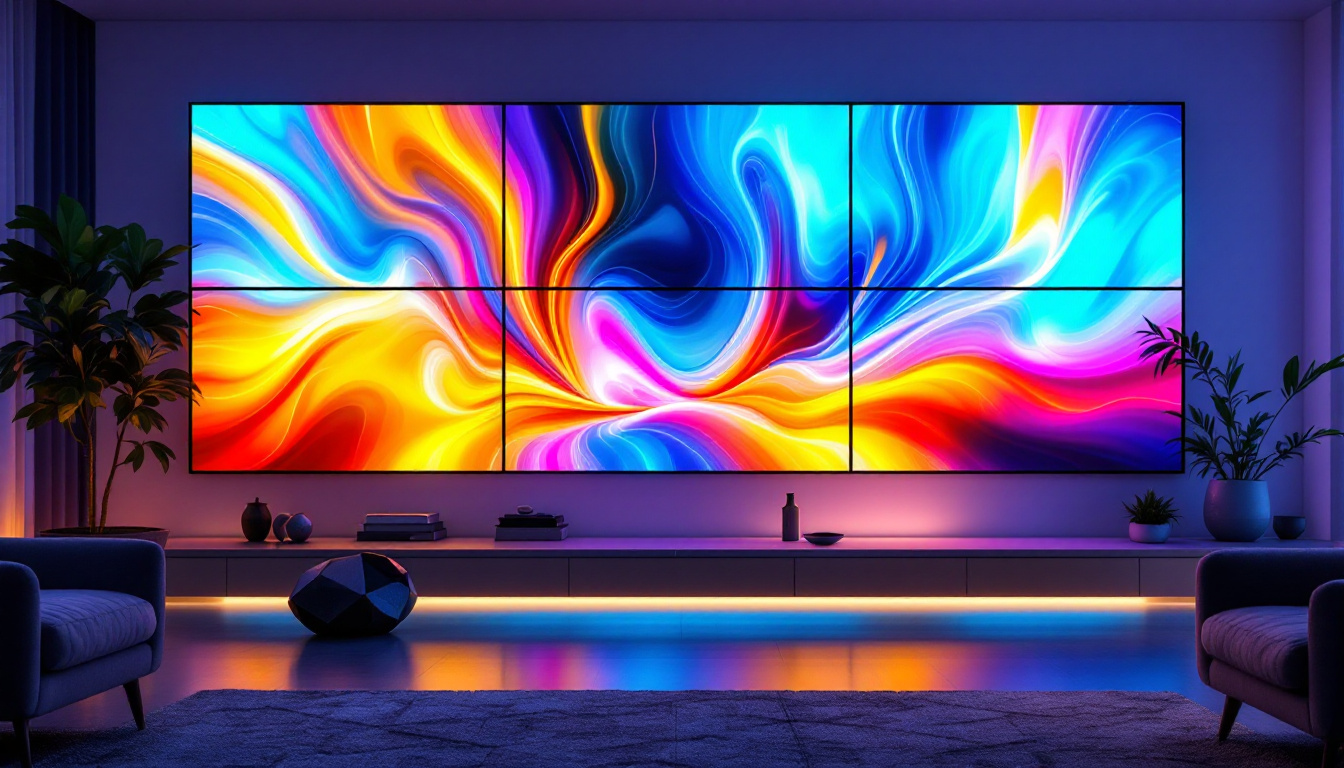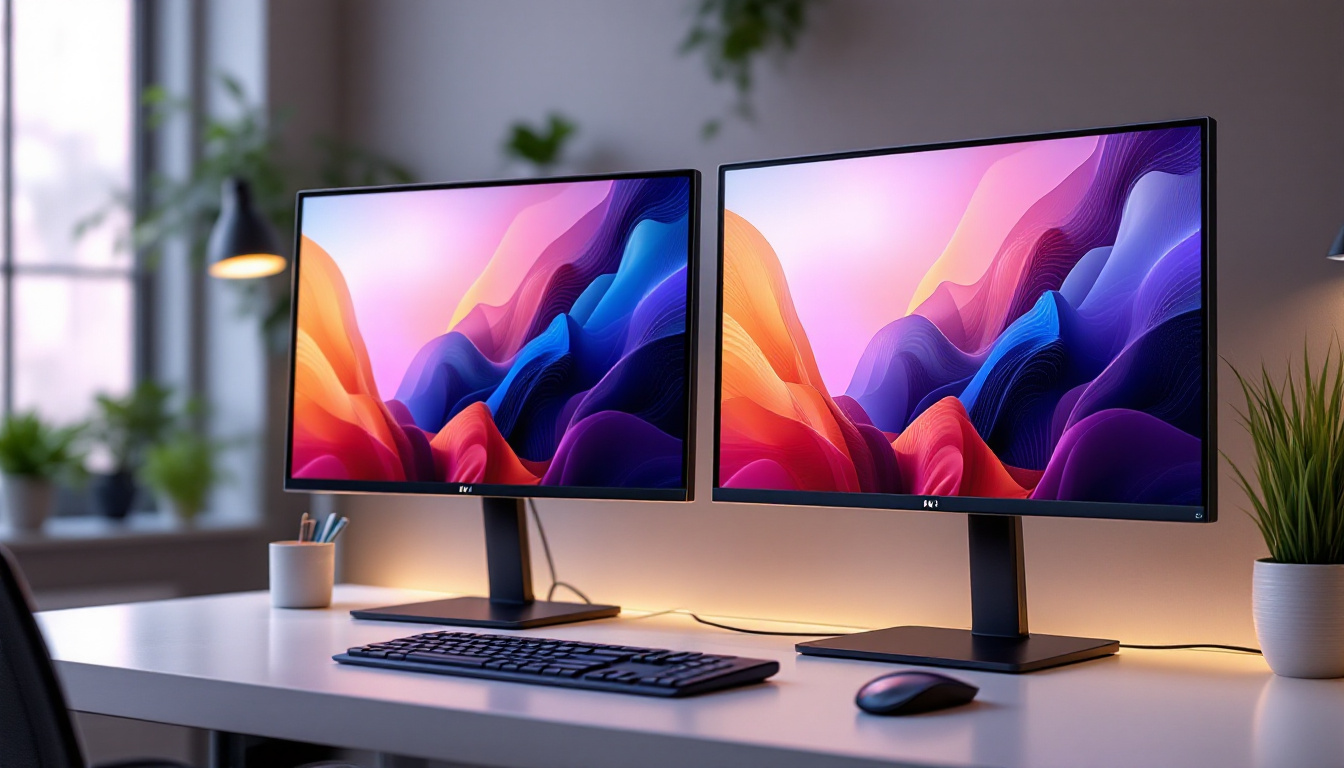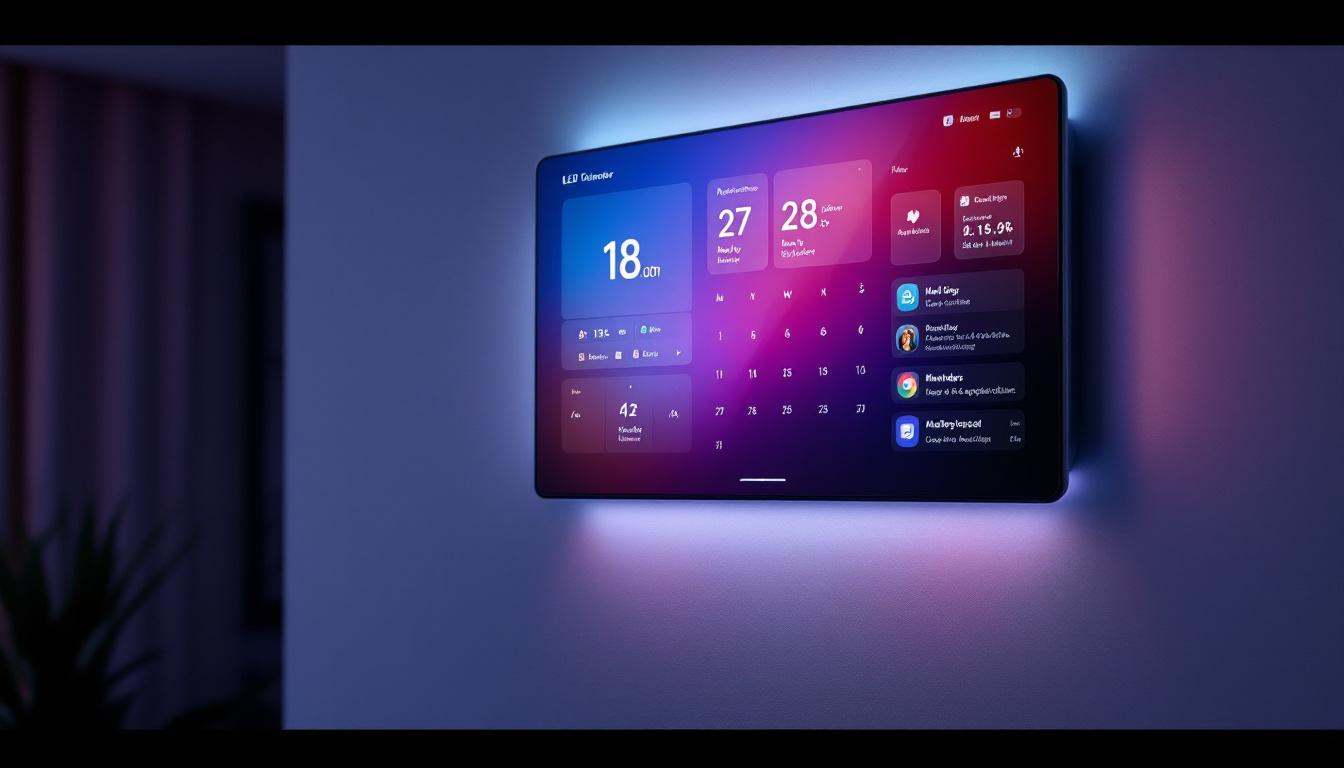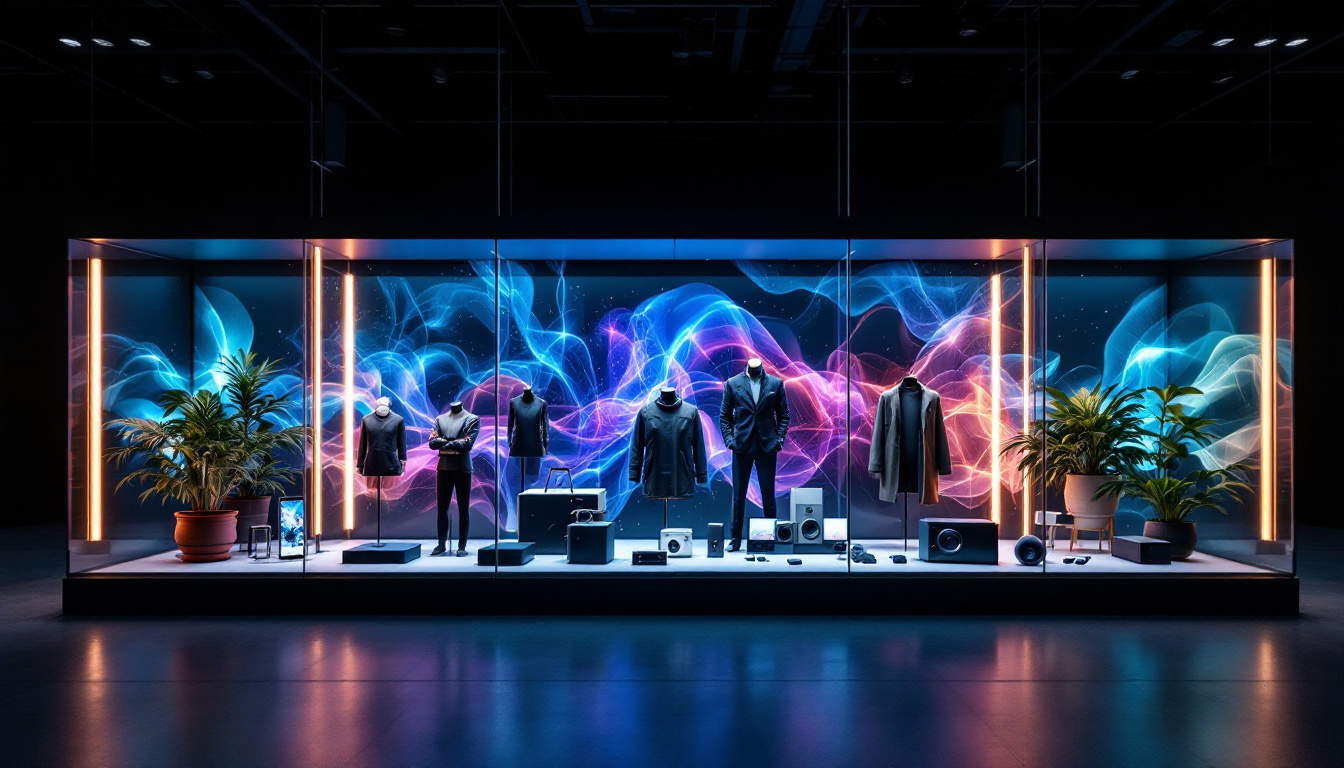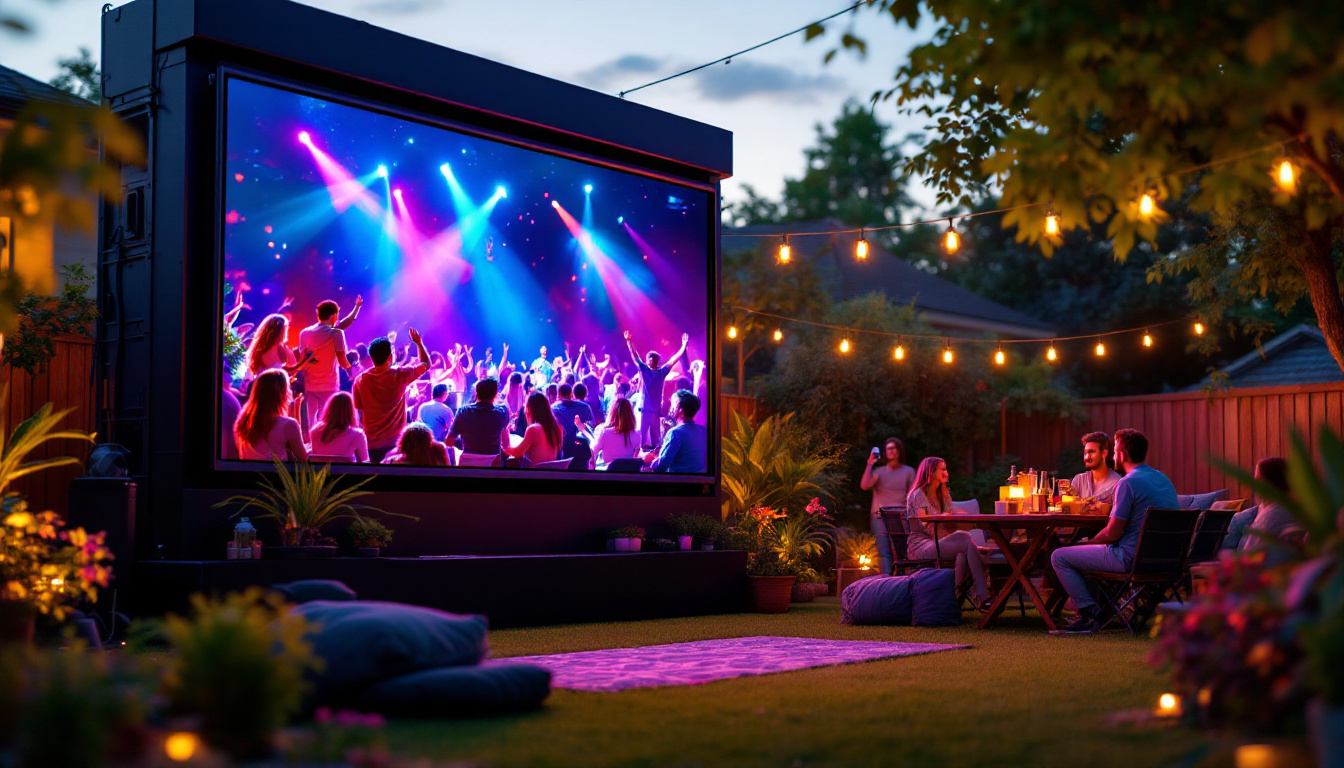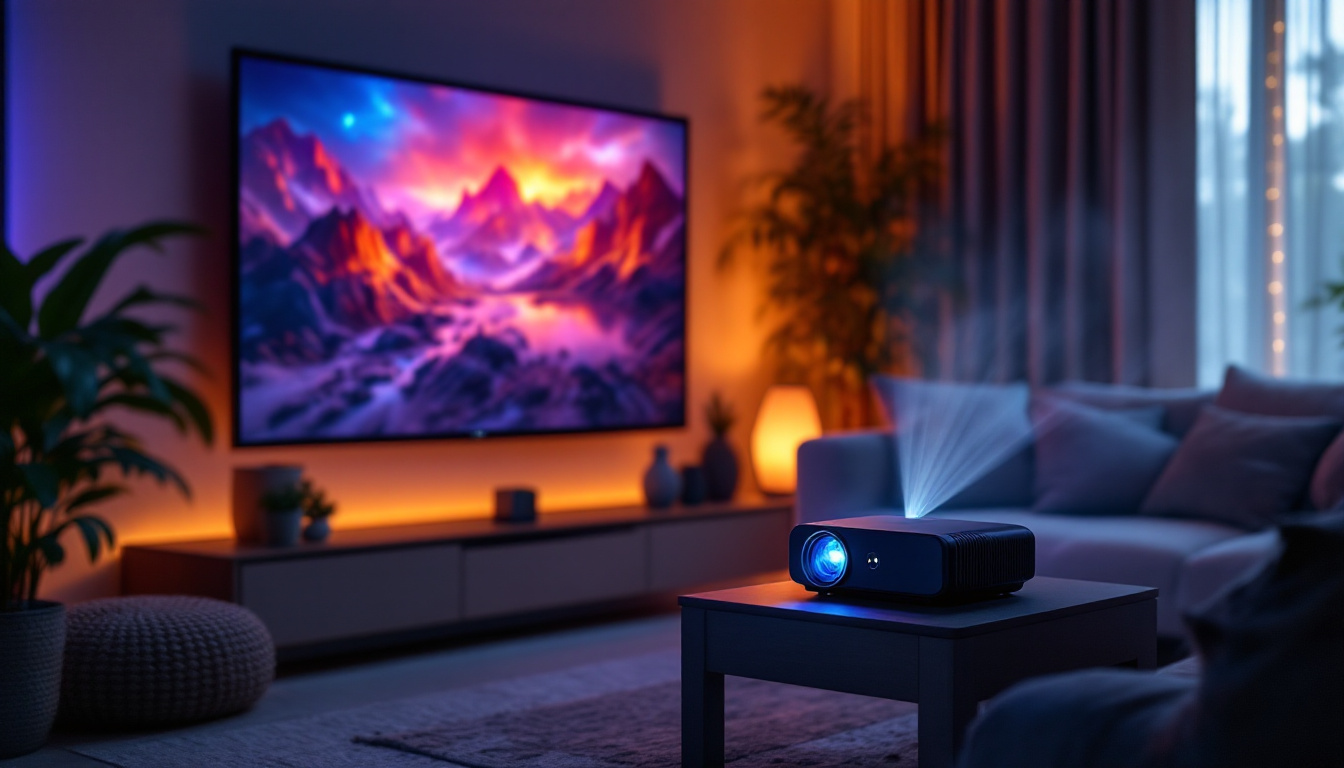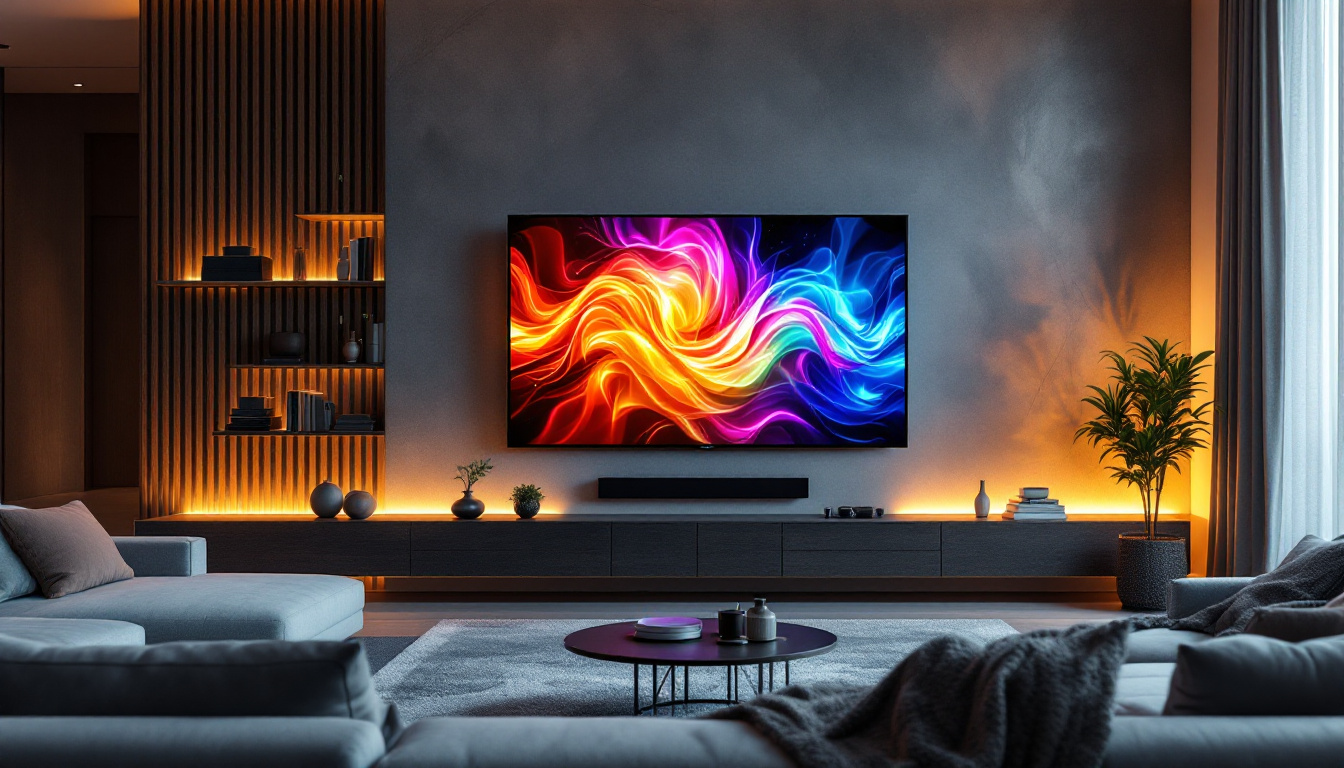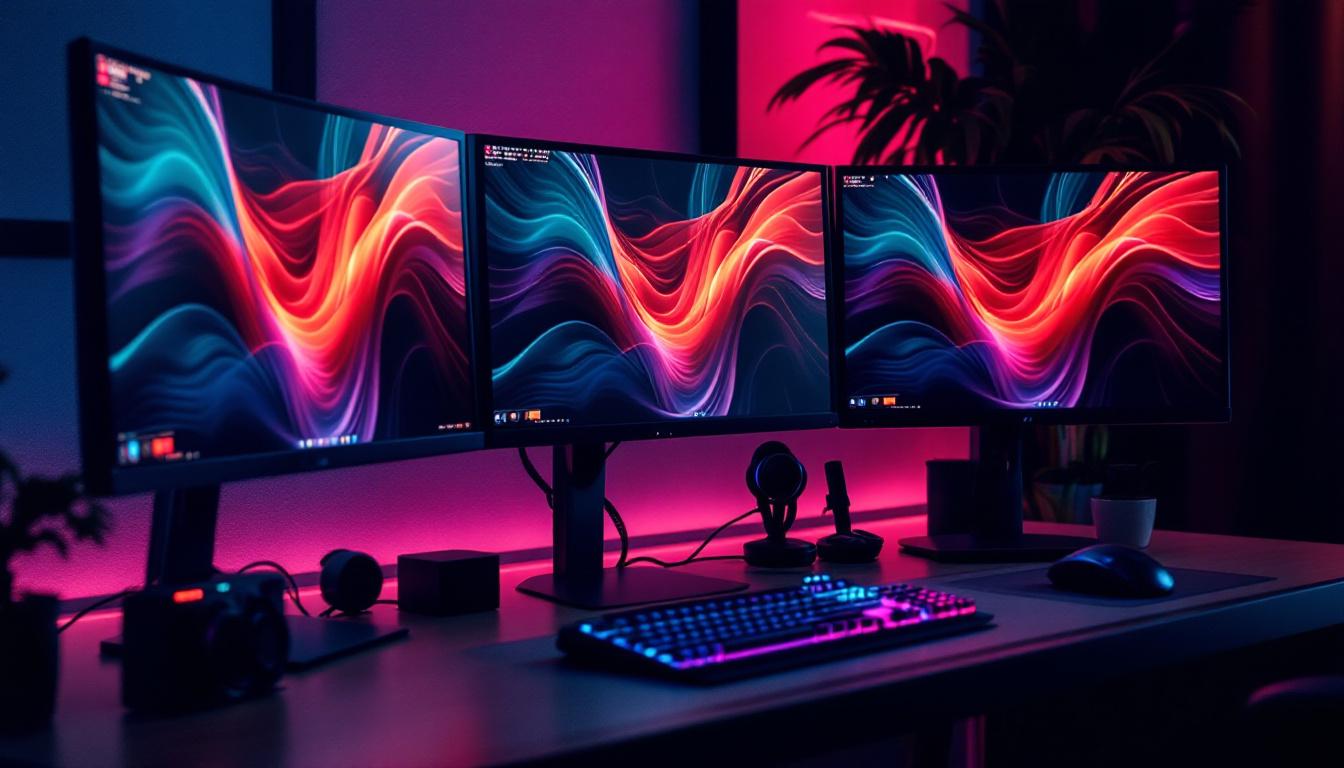In today’s fast-paced digital world, wall-mounted monitors have emerged as a popular choice for both personal and professional settings. These sleek, space-saving devices not only enhance aesthetics but also provide an efficient way to display information, entertainment, and advertisements. This article delves into the intricacies of LED displays, their advantages, applications, and considerations when opting for wall-mounted monitors.
Understanding LED Technology
Light Emitting Diode (LED) technology has revolutionized the way displays are designed and utilized. Unlike traditional LCD screens that rely on backlighting, LED displays use individual diodes to produce light, resulting in brighter images and more vibrant colors. This advancement has not only enhanced the visual experience for consumers but has also opened new avenues for creative expression in digital art and advertising.
How LED Displays Work
LED displays consist of numerous tiny diodes that emit light when an electric current passes through them. These diodes are arranged in a grid, allowing for precise control over each pixel. This technology enables a wide range of colors and brightness levels, making LED displays ideal for various applications. The rapid response time of LEDs also means that they can display fast-moving images without blurring, making them perfect for sports broadcasts and gaming environments.
One of the key advantages of LED technology is its energy efficiency. Compared to traditional display technologies, LED monitors consume significantly less power, which not only reduces electricity costs but also contributes to a lower carbon footprint. This efficiency is particularly beneficial in large-scale installations, such as stadiums or concert venues, where the cumulative energy savings can be substantial over time.
Types of LED Displays
There are primarily two types of LED displays: direct-lit and edge-lit. Direct-lit LED displays have LEDs placed behind the screen, providing uniform brightness across the entire display. In contrast, edge-lit displays have LEDs positioned along the edges, which can lead to thinner designs but may result in uneven brightness. The choice between these types often depends on the specific needs of the user, such as space constraints or desired image quality.
Additionally, there are variations such as OLED (Organic LED) displays, which offer even greater contrast and color accuracy. However, these are typically more expensive and may not be suitable for all applications. Furthermore, MicroLED technology is emerging as a game-changer, promising even higher brightness levels and energy efficiency, while also being more durable than traditional OLED displays. This innovation could lead to new possibilities in display design, such as flexible screens or ultra-thin panels that can be seamlessly integrated into various environments.
Advantages of Wall Mounted Monitors
Wall-mounted monitors offer a plethora of benefits that make them an attractive choice for various environments, from corporate offices to home entertainment systems.
Space Efficiency
One of the most significant advantages of wall-mounted monitors is their ability to save space. By eliminating the need for bulky stands or furniture, these displays can be seamlessly integrated into any environment. This is particularly beneficial in small rooms or offices where every square foot counts.
Moreover, wall-mounted monitors can be positioned at optimal viewing heights, ensuring that users have a comfortable viewing experience. This flexibility can enhance both productivity in workspaces and enjoyment in home theaters.
Enhanced Aesthetics
Wall-mounted monitors contribute to a modern and sleek aesthetic. They can serve as statement pieces, enhancing the overall design of a room. With various sizes and styles available, these displays can complement any interior décor, from minimalist to contemporary.
Furthermore, many wall-mounted monitors come with customizable frames or bezels, allowing users to tailor their display to their personal taste. This level of customization can transform a functional device into a work of art.
Improved Visibility and Accessibility
Wall-mounted monitors are often positioned at eye level, which improves visibility and accessibility. This is particularly important in commercial settings, such as retail stores or conference rooms, where clear visibility can enhance customer engagement and facilitate presentations.
Additionally, mounting a monitor on the wall can reduce glare and reflections from ambient light, ensuring that the displayed content remains clear and easy to read. This is crucial in environments where information needs to be conveyed quickly and effectively.
Applications of Wall Mounted Monitors
Wall-mounted monitors are versatile devices that can be used across various sectors, each benefiting from the unique features that LED displays offer.
Corporate Settings
In corporate environments, wall-mounted monitors are commonly used for presentations, video conferencing, and displaying important information. Their ability to connect with various devices makes them ideal for collaborative workspaces, where teams can share ideas and data seamlessly.
Moreover, many companies utilize digital signage on wall-mounted monitors to communicate with employees and visitors. This can include announcements, schedules, or marketing materials, ensuring that important information is readily accessible.
Retail and Hospitality
In retail and hospitality settings, wall-mounted monitors play a crucial role in enhancing customer experience. They can be used for advertising promotions, showcasing products, or providing information about services. The dynamic nature of LED displays allows businesses to update content quickly and easily, keeping customers informed and engaged.
Additionally, these displays can be used in restaurants to display menus, specials, or even customer reviews, creating an interactive experience that can influence purchasing decisions.
Home Entertainment
In residential settings, wall-mounted monitors are increasingly popular for home theaters and gaming setups. Their sleek design allows for a clean and organized entertainment space, while the high-quality visuals provided by LED technology enhance the viewing experience.
Furthermore, many wall-mounted monitors are equipped with smart technology, allowing users to stream content directly from the internet or connect to various devices, making them a versatile addition to any home.
Considerations When Choosing a Wall Mounted Monitor
While wall-mounted monitors offer numerous advantages, there are several factors to consider when selecting the right display for specific needs.
Screen Size and Resolution
Choosing the appropriate screen size and resolution is crucial for ensuring a satisfying viewing experience. Larger screens are ideal for presentations and public displays, while smaller monitors may suffice for personal use. The resolution also plays a vital role; higher resolutions provide clearer images, which is particularly important for detailed content.
Common resolutions include Full HD (1920×1080), 4K (3840×2160), and even 8K (7680×4320). The choice of resolution should align with the intended use of the monitor and the distance from which it will be viewed.
Mounting Options and Installation
When opting for a wall-mounted monitor, it is essential to consider the mounting options available. There are various types of mounts, including fixed, tilting, and full-motion mounts. Fixed mounts are the simplest and most cost-effective, while tilting and full-motion mounts offer greater flexibility in adjusting the angle of the display.
Installation is another critical aspect. It is advisable to hire a professional for installation, particularly for larger monitors, to ensure safety and optimal positioning. Proper installation can prevent damage to the wall and monitor, as well as ensure that the display is securely mounted.
Connectivity and Compatibility
Connectivity options are vital when selecting a wall-mounted monitor. Most modern displays come with multiple input ports, including HDMI, DisplayPort, and USB-C. Ensuring compatibility with existing devices, such as computers, gaming consoles, or streaming devices, is essential for a seamless experience.
Additionally, consider whether the monitor supports wireless connectivity, which can provide added convenience for streaming content or sharing presentations without the need for cables.
Future Trends in Wall Mounted Monitors
The evolution of wall-mounted monitors is far from over. As technology continues to advance, several trends are expected to shape the future of these displays.
Smart Technology Integration
Smart technology integration is becoming increasingly common in wall-mounted monitors. Many new models feature built-in operating systems, allowing users to access apps, stream content, and connect to smart home devices directly from the monitor. This trend is likely to continue, making monitors more versatile and user-friendly.
Furthermore, advancements in voice control and AI technology may enable users to interact with their monitors in more intuitive ways, enhancing the overall user experience.
Increased Customization
Customization options are expected to expand, allowing users to personalize their wall-mounted monitors to a greater extent. This could include customizable bezels, screen layouts, and even the ability to change the display’s appearance based on the user’s preferences or the room’s decor.
Such advancements will not only enhance aesthetics but also allow for greater functionality, making wall-mounted monitors even more appealing to consumers.
Eco-Friendly Innovations
As sustainability becomes a priority for many consumers, manufacturers are likely to focus on eco-friendly innovations in wall-mounted monitors. This may include using recyclable materials, reducing energy consumption, and improving the longevity of displays.
Such initiatives will not only appeal to environmentally conscious consumers but also contribute to a more sustainable future for the electronics industry.
Conclusion
Wall-mounted monitors are an excellent investment for both personal and professional use, offering a combination of space efficiency, aesthetic appeal, and advanced technology. With the continued evolution of LED displays and the growing demand for smart technology, these monitors are poised to play a significant role in the future of visual communication.
When selecting a wall-mounted monitor, it is essential to consider factors such as screen size, resolution, mounting options, and connectivity to ensure the best fit for specific needs. By staying informed about the latest trends and innovations, consumers can make educated decisions that enhance their viewing experience and meet their requirements.
As technology continues to advance, wall-mounted monitors will undoubtedly become even more integral to our daily lives, transforming the way we interact with information, entertainment, and each other.
Discover LumenMatrix’s Advanced LED Display Solutions
Ready to elevate your space with the latest in LED display technology? Look no further than LumenMatrix, a pioneer in crafting immersive visual experiences. Whether you’re seeking to enhance your corporate environment, captivate retail customers, or create the ultimate home entertainment setup, LumenMatrix offers a comprehensive range of LED display solutions tailored to your needs. From Indoor and Outdoor LED Walls to innovative Transparent Displays, our products are designed to make a lasting impression. Check out LumenMatrix LED Display Solutions today and transform the way you share your message with the world.

